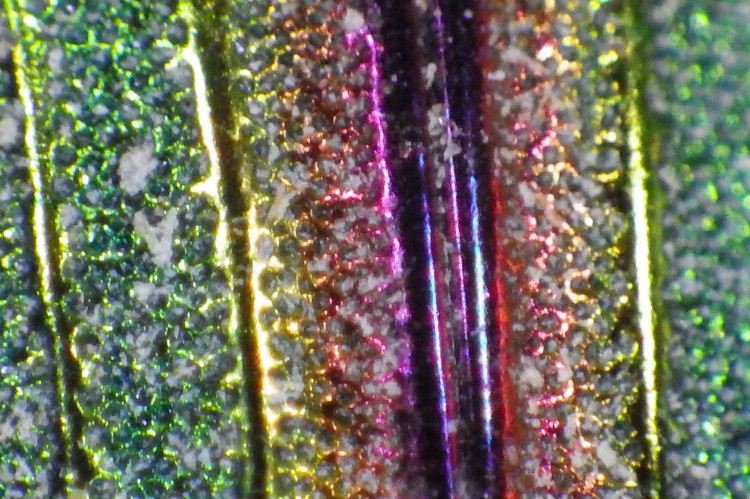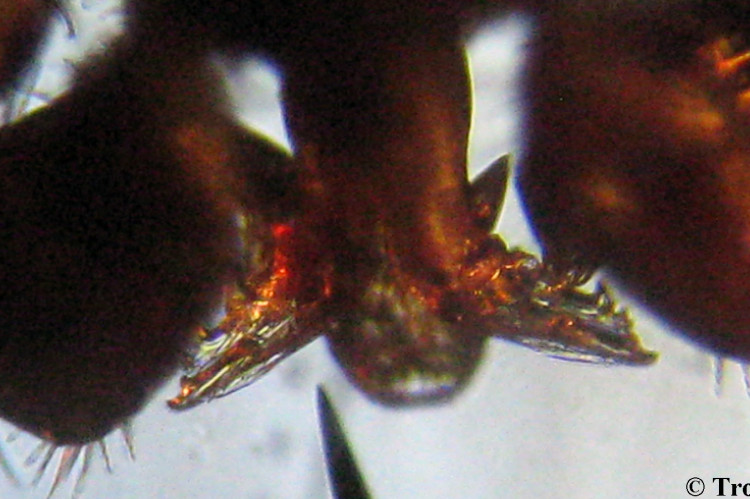Buprestis aurulenta is also known as the Golden Buprestid Beetle.
This one is dead.
"More than YOU want to know?

Pyrola picta
White-veined wintergreen or white-veined shinleaf.
Is just beginning to send up spikes at the end of May and will be flowering as we move into June.
Pyrola asarifolia subsp. bracteata
Pink wintergreen
In 2015 these are just getting started now (last week of May). This is a preview of what we can expect in the next several weeks!
Corallorhiza maculata
Spotted coralroot
This was noticed on 23 May 2015 but it has obviously been flowering for a while.
The Cardamine species are known as Milkmaids.
They are among the first noticeable flowers appearing every Spring.
Not long ago I would have said this one was Cardamine californicum var. integrifolia (AKA the Coast Milkmaid; formerly Cardamine integrifolia) but apparently that species has been lumped and no longer exists except as Cardamine californicum.
Most of the year they look like this:
Iris douglasiana, AKA Douglas’ iris, is a very common plant of the coastal forest in Mendocino County.
It is not clear to me how many are actually true and how many are hybrids with other local species.

That might be punny but it is also true.
No account of forest OR xeric life would be complete without mentioning ticks.
Amblyomma cajennense
I encountered this pair, a male and a female, while doing field work in South Texas, rather than here.
Dermacentor occidentalis
Pacific Coast tick
This is the only one of these I’ve ever found here at home in over a dozen years of living here. This one, shown inside of a plastic bag, was noticed hanging spread-eagle from a blade of grass in June 2014. The mouthparts are considerably shorter than the ticks shown above or below.
Ixodes pacificus
One of the tick species from home. It MIGHT be the most common one that lives here.
It amazes me how small ticks can be. This is that last male Ixodes shown above; after it was dead.
Its feeding implements are the featured image.
Above is an adult male Ixodes pacificus.
Below is a larvae with six legs rather than 8 legs like a nymph or an adult. Larvae can supposedly only transmit Bartonella.
For a sense of scale, those are human hairs.
Hopefully this one was a larvae but I can’t tell for certain if it has 6 or 8 legs. It was destroyed during removal.
This one was clearly a nymph. Bigger than a larvae but still too small.
This is that same, now dead, nymph of Ixodes pacificus after having its meal interrupted.
This nymph was feeding for a bit longer
This nymph has been fed longer still
And another that was somehow missed a whole day!
Notice the hugely engorged Ixodes on the right ear of this woodrat?
